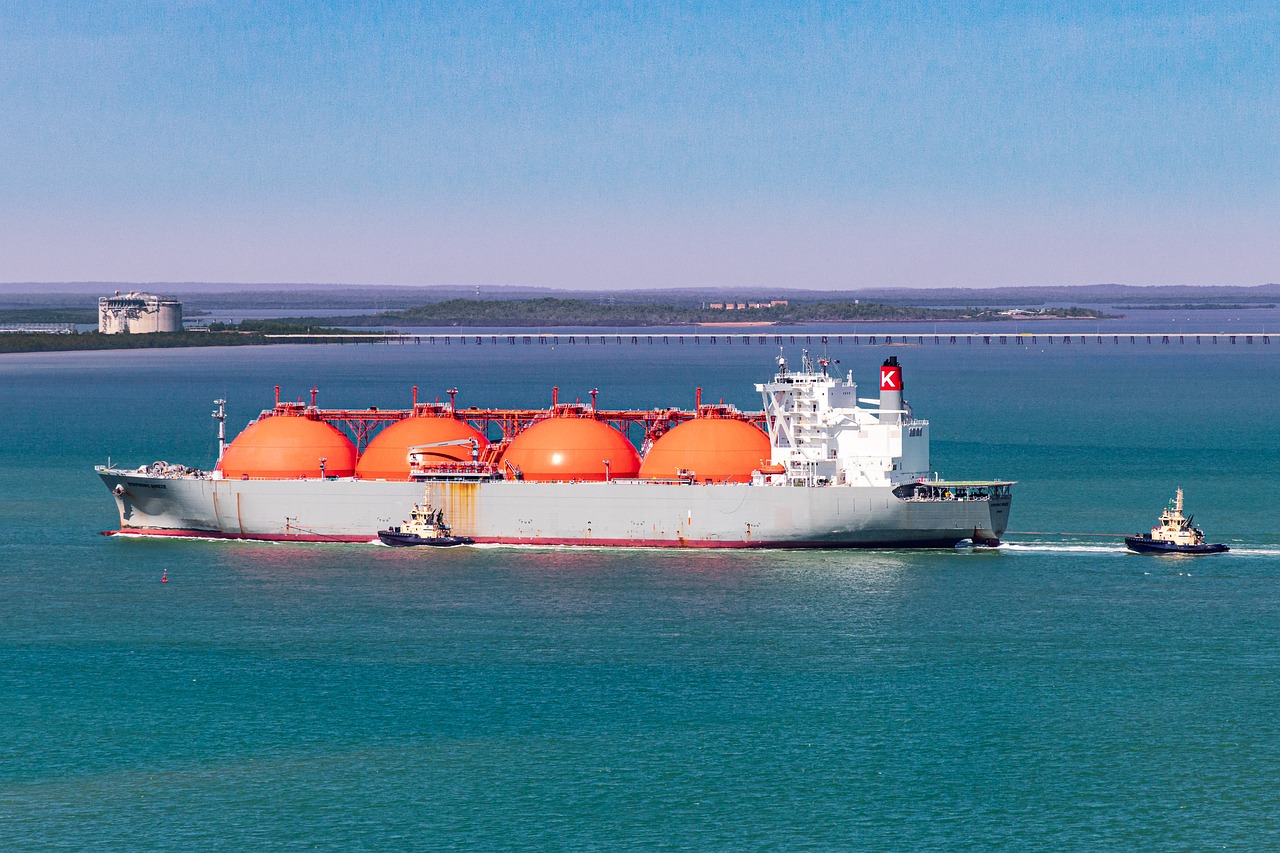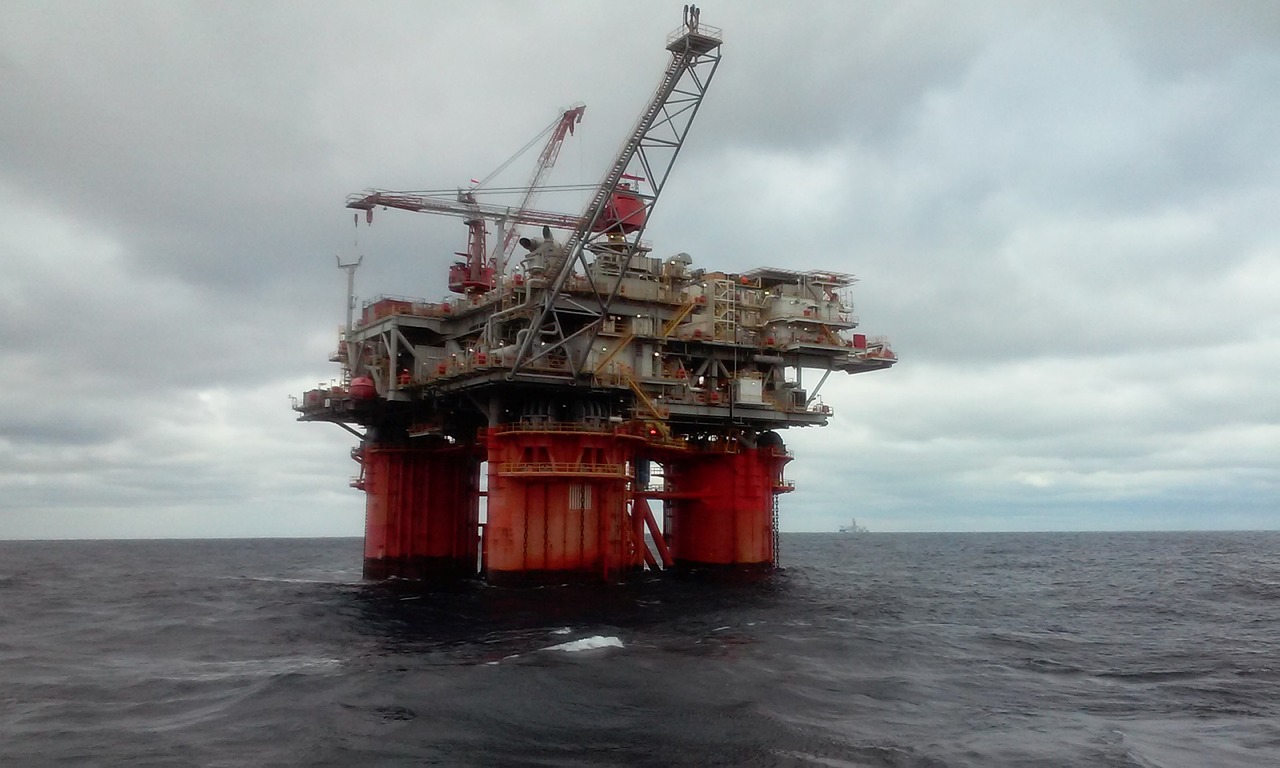Corring
Core Processing
Laboratory Services
What We Do?
Coring

Coring Supervision
For Coring Supervision of the whole coring operation our Core Specialists will provide technical input on all levels; coordinate the coring operation and ensure a safe and cost efficient operation. Responsible for collating and reporting all relevant coring data throughout the cored phase and concluding with follow up meetings and lessons learned for future wells. Roles include preparing pre-tour meetings for crews on location with presentation of the core operation and objectives, prepare risk assessments, present toolbox talks for all steps of the operation, liaise with coring engineers, drilling crew and core handling crew to optimize core recovery and efficiency, to report an after action review, to optimize future core operations.
Laboratory Services
Core analysis & petrophysical studies
Laboratory core plugging
All plugs are cut and trimmed from suitable core using either simulated formation brine or base oil as lubricant. Chemical damage to core material is thus minimized by using compatible fluids. Friable core needs to be handled delicately, GeoCore have developed this ability to cut plugs using clean air as the lubricant to score out a plug. Where the core is unconsolidated all attempts are made to cut a plug using rotating tools, however plunge cutting a sample may be the only feasible way to recover a fresh-state sample.
Dean and Stark Extraction
Core fluid determinations are a further service from GeoCore which is undertaken on a routine basis. Water saturations may be measured using the Dean and Stark solvent extraction technique. The test has been refined to yield very accurate data and used successfully in the assessment of drilling fluid invasion during coring. High temperature retorts are available for oil saturation measurements.
Laboratory core photogtaphy
High Definition Photography serves as a permanent record of core sections and is most useful for detailed geological studies and presentation. The core can be photographed under white or ultraviolet light. UV photography highlights the hydrocarbon in core sections and is therefore a useful tool in reservoir evaluation.
Core CT imaging
Core plugs and larger core pieces can be CT scanned prior to analysis of expensive SCAL studies to ensure that the samples are competent and void of fracturing. CT images can also assist to orientate the core that is encased in resin to enable the core to be slabbed in the correct fashion.
Textural gain size & shape analysis
- SEM-EDX studies
- UV fluorescence
- Fluid inclusions
- Macroscopic analyses (descriptions on geological features on hand specimens)
- Core/sample photography (normal or UV light)
- Thin-section and polished sample preparation
- Microscopic analyses (transmitted or reflected light) on consolidated or soft, thin-sectioned or polished normal (ordinary), impregnated, stained
- Microstructural analyses (on grains/clasts)
Probe Permeametry
Probe permeametry can be an important tool to generate a permeability profile through slabbed core, surface measurements on the core face can me made quickly and accurately to identify varied lithofacies and significantly highlight the different permeability of zones.
Macroscopic description & microscopic thinsection
Petrographic studies play a vital role in conjunction with core analysis. Initial geological hand specimen investigation of textural features, compositional aspects and rock structures are standard procedure. Prior to thin section preparation photos and scans of the original plug are recorded; often to include longitudinal plug CT scan, a secondary vertical (axial) CT scan and a white light/UV image of the along with poro-perm data this will give a complete characterization of the sample being studied . The offcut will then be ready for thin-section preparation and subsequent microscopic description.
Water Analysis
GeoCore offers fresh state samples obtained from the wellsite which are centrifuged up to 20,000rpm to extract brine for Rw correlation with down hole logs or extract oils for clean uninvaded Geochemical analysis.

Core Processing

Mud Conditioning
For mud tracing the leading GeoTechnician consults with the mud engineer to condition the mud, calculating and controlling the amount of Tracer (Deuterium oxide, Tritium oxide, etc.) being added to the water phase of the coring mud, thus any water phase penetrating into the core can later be detected and calibrated to generate a more accurate water saturation profile.
Wellsite Geology
Our Geologist support the wellsite geologist and will give operational geological guidance/input to the coring program, defines core point. In the core processing phase, he/she will be responsible for detecting the top of core, calculating the recovery and supervise the marking of core with depths, sample numbers and cut marks where required. He evaluates core gamma data. He does the petro graphic description, sedimentology including the chip sampling and facies description, but he will take also high resolution digital pictures from core end faces for geological description and documentation.
Core Processing
The processing of core is a multitask operation and the core technician cleans the laid down core barrels, measure and mark them by using permanent marker with depth to the end of the core (in the catcher), section or sample numbers and cut line if required. Then the technician measures and records with the core gamma surface logger the natural gamma radiation in core sections. The core gamma log is most commonly used for correlation purposes and to distinguish different lithological units. Once the Geologist has confirmed the core gamma data the core gets sawn into manageable lengths with our state of the art air
Photographic core documentation
After the core gets sawn into manageable lengths the Geologist will take high definition photos from core end faces as a permanent record of the core sections for detailed geological studies or presentation. Digitised images of the core can be stored and uploaded direct from our client server.
Wellsite core plugging
The Core Technician will first locate and mark the maximum bedding, where visible, for each core piece. This enables the core to be slabbed correctly for later laboratory analysis as required. This is done before he is taking the plug samples parallel to the bedding whenever possible. To take these plug samples from the core, our experienced core technician will have a solid geological knowledge and is properly trained to the highest standards in our core laboratory before being allowed to obtain wellsite samples from the core. With this fresh wellsite plug sampling whole core preservation is optimized. Our goal is to ensure that all samples reach the laboratory in a good and preserved condition.
Core stabilisation & preservation
To ensure core is stabilised for transport to our costumer’s laboratories without structural damages to the core, a variety of techniques are available. Once the fresh state samples have been recovered, the process starts in ensuring the remaining core is prepared for transportation, the annulus is filled with a medium that will prevent the core from moving within its outer tube. GeoCore technicians can use different methods for core stabilization including foam injection, epoxy injection and less often gypsum. This gives your core maximum protection against freight damages.
Wellsite rock slabbing
There may be times when a wellsite geologist or their operations team, back in the office, need to get a clearer visual of the core in situations to make real-time decisions that could save valuable time and money. GeoCore have the means in the field to slab the core immediately upon its recovery. By using our mobile saw we can cleave apart the inner tube longitudinally. This lets the tube lift, clam shell style, to expose the outer wall of the core. This then allows for any basic lithological descriptions to be carried out.
Core dispatch
To ensure the core leaves the rig without any structural damage to it, each individual core piece is boxed up in readiness for dispatch to the core laboratory or facility, where further analysis will be carried out. It is therefore vital that the core condition remains stable from the wellsite and every possible measure is taken to fulfill this requirement. Our Core dispatcher checks each core piece to ensure all annotations are visible and legible prior to it being wrapped in foam and placed in sturdy transport crates or boxes. All paperwork is then checked, manifested and reported to the company personnel. This responsibility for the well being of the core does not end until the consignment reaches the laboratory.
Our Numbers
Satisfied Customer
Success Rate
Locations
Projects
Do you Need Help?
Feeling stuck or unsure? Our dedicated team is here to assist you every step of the way. Whether you're facing technical challenges, seeking guidance, or simply looking for answers, we're ready to provide the support you need.
Do you need help?
Contact Our TeamOur Clients













